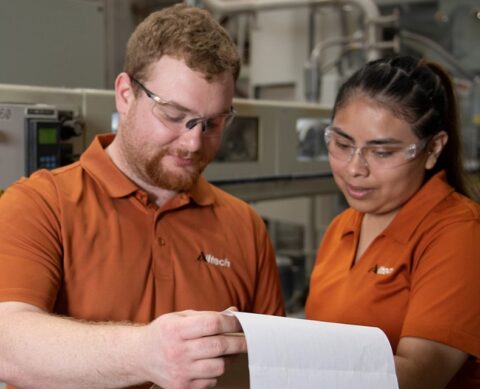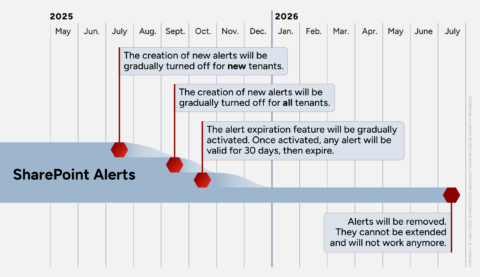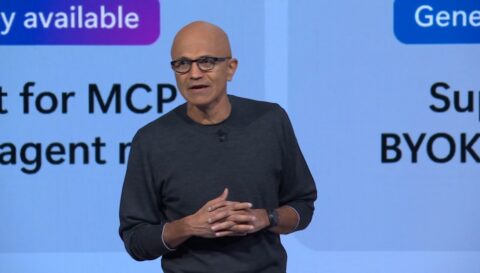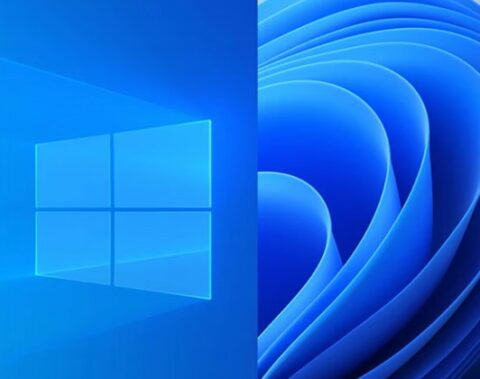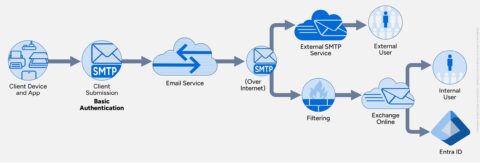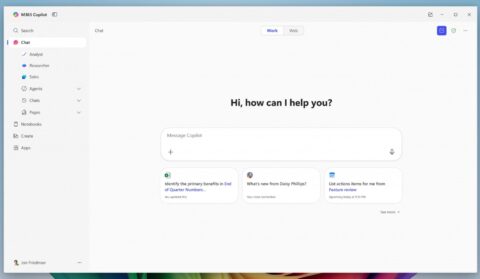Updated: July 4, 2023 (June 15, 2023)
BlogMicrosoft Dynamics 365 Copilots multiply. And they'll be free for at least some Dynamics 365 customers.

A lot of the interest in Microsoft’s AI copilots revolves around the still-elusive Microsoft 365 Copilot. However, Dynamics 365, not Microsoft 365, will be one of the first places that Copilot capabilities surface. And these Dynamics Copilots will be available to some Dynamics 365 customers for no additional cost and to others as a paid add-on, company officials confirmed.
On June 15, Microsoft went public with plans for new copilot capabilities in Dynamics Project Operations, Finance, and Supply Chain Management. Public preview for these Copilots begins today in English for customers in the U.S. (for Supply Chain Management) and North America (for Finance and Project Operations). A spokesperson said once they are generally available, they will be available to some licensed Dynamics 365 users at no extra cost.
“The (Dynamics 365) copilots announced today will be available for customers with licenses in premium offers such as D365 Sales Enterprise, D365 Sales Premium, and D365 Customer Service Enterprise, D365 Finance, D365 Supply Chain Management, D365 Project Operations and sell it as an add-on to other plans, most likely for Professional licenses. We will have more details to share at GA (general availability),” the spokesperson told me.
I asked if there would be any prerequisites for these Dynamics 365 Copilots, such as Azure OpenAI, and was told that is not the case.
A quick check of the handy Dynamics 365/Power Platform Release Planner from Microsoft shows that some of the already-disclosed Dynamics 365 Copilot capabilities already are in preview and/or will be available in public preview starting June 23. These include capabilities such as the ability to summarize conversations in Customer Service using Copilot; use SharePoint as a knowledge source for Copilot, and the ability to view Copilot analytics on a company’s business.
The Query Assist feature in Dynamics 365 Marketing (also under the Copilot banner) is listed as hitting general availability this summer, as is Content Assist for assisting with Marketing emails. Several of the Dynamics 365 Copilot capabilities Microsoft announced earlier this year — such as turning a prompt automatically into a SQL query which can be run on Azure Synapse Analytics — are slated for general availability in August 2023, according to the Release Planner.
Even though Microsoft isn’t yet ready to talk pricing details for the Dynamics 365 Copilot add-ons, this is a lot more clarity than we have around any pricing/licensing/availability for Microsoft 365 Copilot. Microsoft has been very slowly seeding select customers with an early preview of Microsoft 365 Copilot. It expanded that private preview program to 600 invited, paid customers starting in June. There is no date when more customers will be able to test-drive Microsoft 365 Copilot, when it will hit GA or how it will be priced and licensed. Officials have said only that Microsoft 365 Copilot will be a paid add-on to Microsoft 365 E3/E5 and likely to be released via a model similar to GitHub Copilot.
At least part of the reason that the Dynamics copilots are ahead of some other promised enterprise ones is Microsoft slapped the Copilot label on a number of Dynamics 365 AI-based features that already were in preview and scheduled for release as part of the Dynamics 365 Wave 1 release kick-off in March, as Directions on Microsoft analyst Andrew Snodgrass has pointed out.
With each AI announcement it makes, Microsoft executives are honing how they define Copilot and the way they describe the many different copilots that the company is readying across its enterprise and consumer offerings. During the Build developer conference last month, Microsoft officials said copilots are “applications that use modern AI and large language models to assist you with a complex cognitive task.”
Key here is the word “assist.” Most Copilots are application-specific plugins that provide a chat window where users key in a request. The Copilot plugin interprets the request and then calls the appropriate application API/command to perform the task for the user. This turns it into a productivity feature that relieves the user from going through a mountain of menu items to do the same thing. For other Copilot features, the plugin calls an external process, like with Copilot in GitHub, where it calls another OpenAI model, Codex, to generate code.
Microsoft is even releasing Copilot Stack that will allow customers to build their own Copilot plugins, which some partners have already done.
Sometimes Microsoft officials talk about a unified, single Copilot system that underlies the various copilot capabilities coming to market, but more recently, it’s common to hear Microsoft execs talk about lots of different copilots for different apps, services and modules that are based on a common “platform.”
As Directions analyst Snodgrass pointed out back in April, “Microsoft’s Copilot brand does not represent a cohesive set of tools and features but rather is a label that various Microsoft product groups are using to describe advanced machine learning features, primarily based on natural language processing.”
Microsoft: AI on track to hit $10 billion annual run rate
Microsoft has plans to bring copilot capabilities to not just some, but all of its cloud services, as spelled out earlier this week by Microsoft Chief Financial Officer Amy Hood and Chief Technology Officer Kevin Scott. The pair held a virtual briefing for Wall Street investors about Microsoft’s AI strategy.
Microsoft’s public storyline around its AI push this year is that it happened really suddenly, starting in late 2022/early 2023. However, as Scott told analysts this week, “We started a transformation inside of Microsoft about a year before we even did the partnership with OpenAI” (which happened in 2019).
Microsoft doesn’t have all of its new business models for copilots figured out yet, but already is predicting its AI business “will be the fastest growing $10 billion business (meaning $10 billion in annualized revenue) in our history,” in Hood’s words. Where will the money come from? Both from tools and services that customers will use to build AI apps and services (using Azure OpenAI interfaces and running on Azure) and built “into every Microsoft Cloud solution,” Hood said “whether it’s named Copilot or not.”
Scott elaborated: There are “the people who want to come use our infrastructure, whether they’re training their own models, whether they are running an open source model they’ve got, or whether they are making API calls into one of the big frontier models that we’ve built with OpenAI. It’s like all of these products, each of which has a slightly different potential for business model. So, like the way that we are going to be able to just sort of monetize all of this.”
(A related aside: Remember the skunkworks Microsoft Singularity AI infrastructure service that leaked back in February 2022? That project is now known as “Project Forge” — something that Azure Chief Technology Officer Mark Russinovich discussed at Build last month. Project Forge helps Microsoft run its own AI workloads using transparent checkpointing, coupled with a global GPU capacity scheduler. GitHub Copilot currently uses Forge under the hood. Russinovich said “we’re working on making it directly available to customers in the near future.” Monetization, ahoy!)
Microsoft is OpenAI’s exclusive cloud provider, but ChatGPT and other OpenAI models are not exclusively for use by Microsoft. However, Hood told analysts that Microsoft has a “broad perpetual license to all the OpenAI IP developed through the term of this partnership, that means even if the partnership were to end, we would still have those license rights to all the IP, up until AGI.” AGI, or artificial general intelligence refers to the idea that AI can solve any cognitive or human task.







